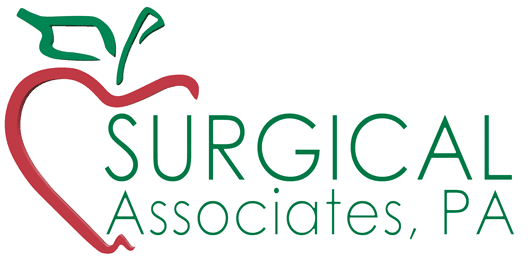Varicose Veins
WHAT ARE VARICOSE VEINS?
Varicose veins can be painful and disfiguring but they are usually harmless. When inflamed, they become tender to touch and can hinder circulation to the point of causing swollen ankles, itchy skin, and aching in the affected limb.
Symptoms:
- aching, heavy and uncomfortable legs
- swollen feet and ankles
- burning or throbbing in your legs
- muscle cramp in your legs, particularly at night
- dry, itchy and thin skin over the affected vein
If you observe that you experience with one or more of the symptoms listed above, it is recommended to consult a doctor.
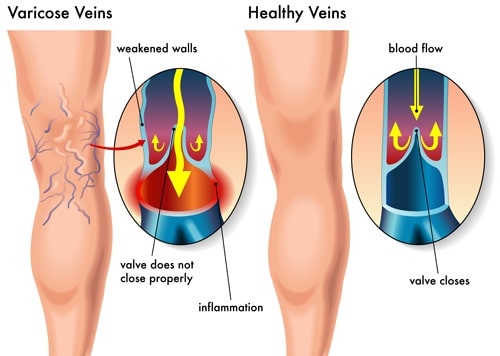
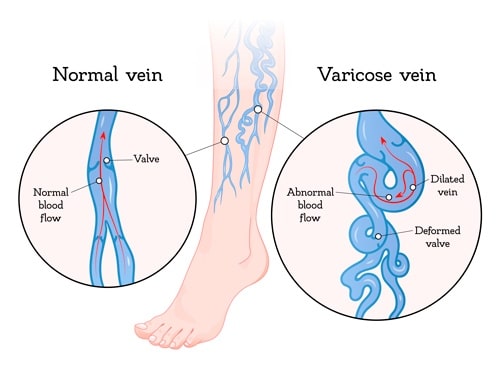
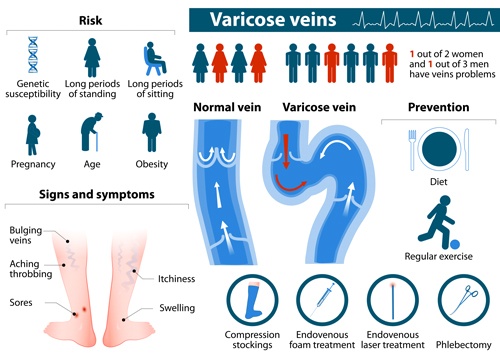
TREATING VARICOSE VEINS
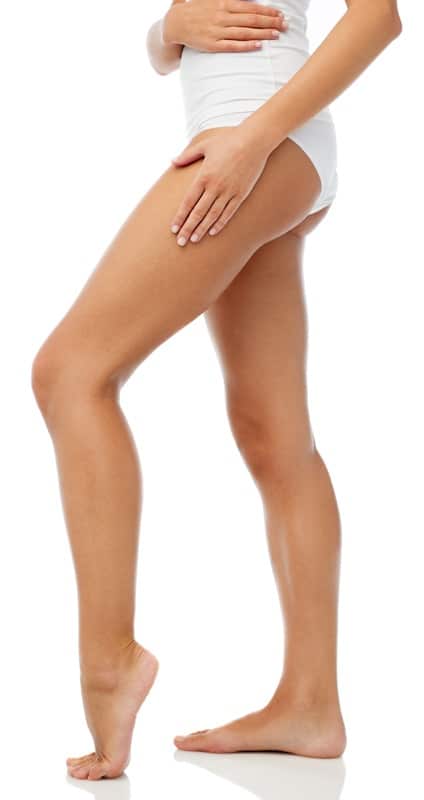
Treatment of varicose veins is usually necessary:
- to ease symptoms for varicose veins that causes pain or discomfort
- to treat complications such as leg ulcers, swelling or skin discoloration
- for cosmetic reasons
Your doctor may recommend in using compression stockings, taking regular exercise and elevating the affected area when resting up to 6 months before taking any of the following treatment:
- Endothermal ablation – where heat is used to seal affected veins
- Sclerotherapy – this uses special foam to close the veins
- Ligation and stripping – the affected veins are surgically removed
It's unlikely you'll receive treatment covered by insurance for cosmetic reasons – you'll have to pay for cosmetic treatment privately.
Endothermal Ablation
Sclerotherapy
Ligation and Stripping
Learn more about Varicose Veins Treatment and other
state-of-the-art therapies at Surgical Associates!
Frequently Asked Questions
When to seek medical advice?
Self-help measures (conservative therapy) can help ease the pain of varicose veins and may prevent them from getting worse. But if the way they look and feel becomes a concern or if self-help measures are not successful, then it's time to see one of our doctors.
Does my insurance cover treatment?
Most insurance companies cover treatments for varicose veins that are medically necessary, and in cases when conservative therapy with "compression" stockings has failed. Any treatment for cosmetic reasons, including sclerotherapy, is not covered.
What will happen if I leave my varicose veins alone?
When left untreated, varicose veins can result in sores, skin ulcers, blood clots, and even deep vein thrombosis (DVT). It’s best to treat varicose veins as soon as possible to avoid these costly and, in the case of DVT, potentially life-threatening complications.
Will my diet affect my varicose veins?
In a word, yes. What you eat can improve or exacerbate your varicose veins. Eating more colorful fruits and vegetables and high-fiber foods is a good example that will lead to a healthier body in general and in turn, healthier veins. In contrast, salty foods put greater pressure on veins by encouraging water retention. Similarly, dairy and red meat minimize consumption of foods that can worsen varicose veins by promoting constipation like, another source of excessive pressure on veins.
